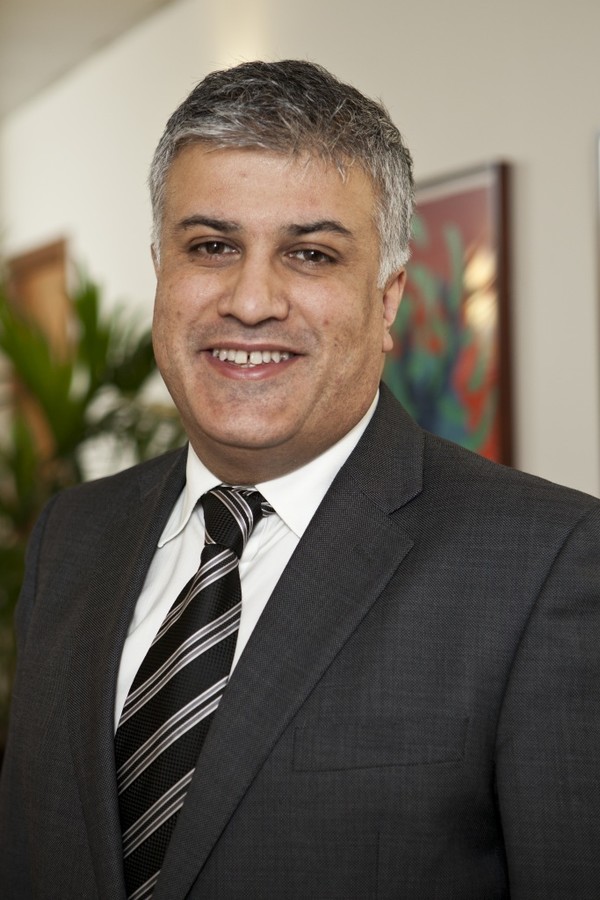Global containerised trade has suffered more severe disruption in the past few years than in its entire 70year history. Analysts expect supply chain risks to remain high, reinforcing the need for deeper insights into the nature of connected exposures across the marine ecosystem.
Organisations have learnt their lesson from these past few years, as they increase inventory levels and use alternative modes of transport such as air freight to source needed materials. In the longer term, this will push up production costs at a time when global inflation is already high.
All these supply chain issues exist because global trade has become more concentrated and connected over the past few decades. More than 40% of international trade is based on the importing country having interdependencies with up to three economies it relies on for a supply of a product, according to the World Economic Forum.
This means that more countries are relying on a handful of nations to produce essential commodities or materials needed to produce goods and services.
An excellent example is the clothing industry, which relies on a small group of nations, including Vietnam and Bangladesh, to import key materials for their clothing items. So, when an incident such as the COVID lockdown caused supply chain disruption in those countries, companies could not import key commodities, limiting the supply of clothing items.
These so-called “single points of failures”, whether a port or country, can have ripple effects across the global supply chain. Recently, this occurred in Turkey, where the earthquake that hit Turkey and Syria damaged the port of Iskenderun, creating USD 679 mm in lost trade, according to Russell’s analysis.
In these uncertain times, (re)insurers and their corporates must maintain the ability to build resilience into their business portfolios, identify their connected risk and invest in forward-looking connected solutions to better understand and identify potential exposures.
